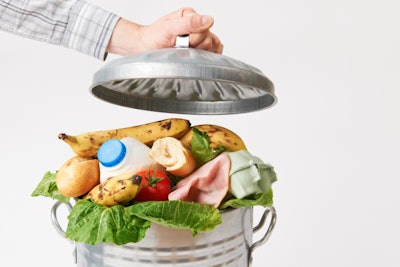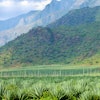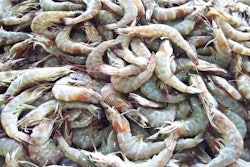
Leading food and livestock feed industry organizations in the European Union have welcomed the publication of the latest guidelines from the European Commission on the use of food waste in livestock feeds.
Cooperation between European Commission and the competent authorities in the European Union’s member states have led to the publication of the guidelines, which offer practical guidance on the use of processed foods in animal feeds, according to the European Feed Manufacturers’ Federation, FEFAC and the European Former Foodstuff Processors Association (EFFPA).
Developed as part of the EU’s Circular Economy Action Plan, the Guidelines for the feed use of food no longer intended for human consumption, preserve the integrity of the feed and food chain in the EU, while providing legal certainty for the former foodstuff processing sector, say the two organizations.
“This publication is a key milestone for the business practice of former foodstuff processing,” commented EFFPA President Paul Featherstone, on the latest publication. “It should become clear now that when foodstuffs have fallen on the floor at the production site of a food manufacturer or when foodstuffs have expired date marking, this does not automatically mean they are unsuitable for animal feed use.”
“We welcome the intention of the Guidelines to point to the responsibilities of the different operators in this particular part of the feed value chain,” said FEFAC President Nick Major. “It confirms that this is not a form of food waste recycling and that the feed quality and safety of former foodstuffs need to be verified before entering the feed chain.”
In publishing the guidelines, the European Commission aimed to valorize the nutrients in foods, and avoid their destruction by composting, for the generation of biogas, or disposal by incineration or landfilling.
Foods covered by the guidelines are those that were manufactured for human consumption and fully comply with EU food laws, but are no longer intended for human consumption. Reasons may be practical or logistical, or due to manufacturing problems or packaging defects. They include products generated during food manufacturing processes, as well as final products from manufacturing, wholesale or retail.
Crucial is that these issues do not present any health risks to animals or humans when they are used as feed ingredients. So any foods containing or contaminated with products of animal origin will be defined as “animal by-products,” and are therefore subject to regulations such as those preventing the spread of transmissible spongiform encephalopathies (TSE).
At last week’s meeting of the EU Agriculture and Fisheries Council, ministers discussed the progress made in taking action to reduce food losses and food waste in the region since the Council published its conclusions on these issues in June of 2016.
While some measures have been taken at national level in the meantime, the ministers agreed that more needs to be done. Confirming their commitment to tackle the problem, the Council agreed to begin by developing a common method to assess the scale of the problem.
“It is not acceptable that one-third of all the food that we produce is lost or wasted before it reaches our tables, especially in a world where there are more and more people to be fed,” said Rumen Porodzanov, Bulgaria’s minister of agriculture, food and forestry, and Council president. “Today, the Council restated its commitment to tackle this problem in line with its conclusions of June 2016.”
A recent European Union project on sustainability in agriculture has revealed that incorporating plant and dairy wastes into feeds for broilers could significantly reduce the carbon footprint of poultry meat production.

















